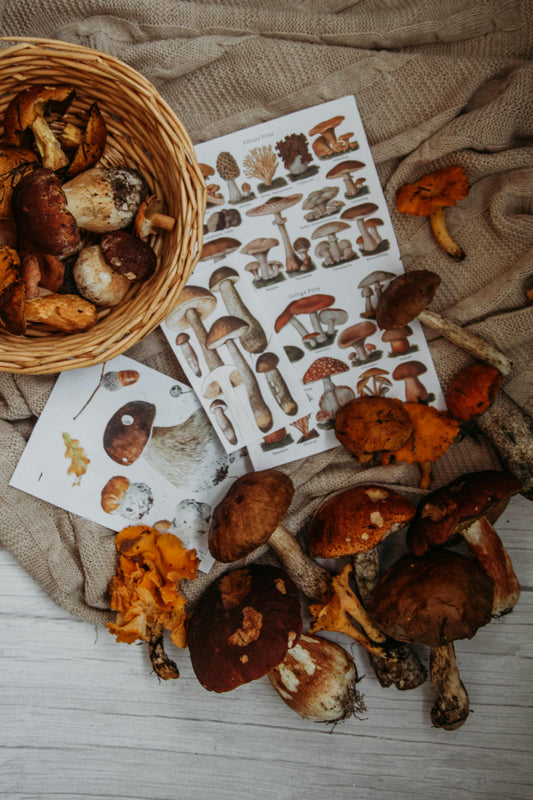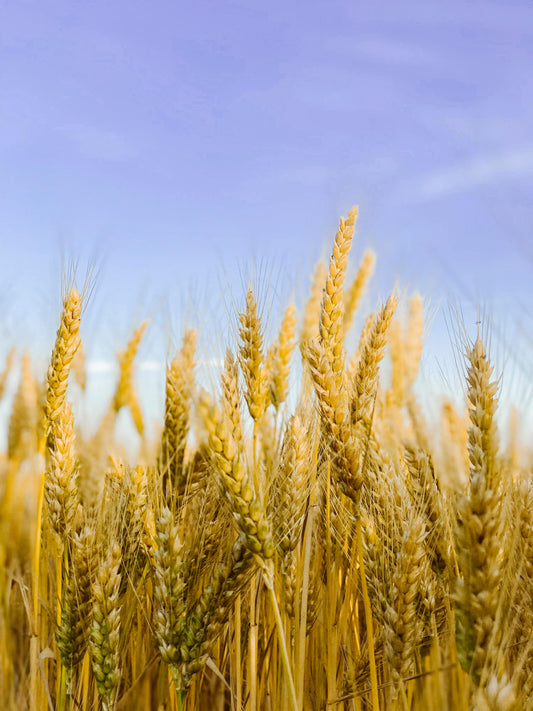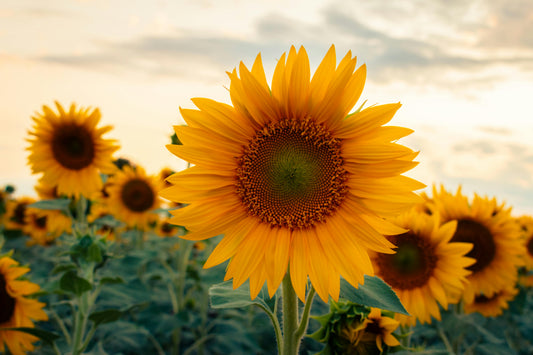The Longest Day, The Shortest Night. We Conjure Midsummer’s Magick ’Till Morning’s Light . . .
Merry Midsummer Solstice and Blessed Litha!
The Sun’s alignment with 0° Cancer around June 21, marks the summer solstice in the Northern Hemisphere — the longest day and shortest night of the year.
The Sun is at its northernmost peak in the summer sky while simultaneously submerged in the emotional depths of watery Cancer — the astrological sign of the Mother Crab.
At this ethereal moment, time itself seems to stand still — suspended in reverie — as we witness our beloved Sun retrace the same high, wide arc three times before beginning its gradual descent.
From Latin, the word solstice means sun standing still. In Gaelic, the name for the summer solstice, grianstad an tsamhraidh, means summer stopping of the sun. Both names refer to the phenomenon of the Sun appearing to stand still in the sky for three consecutive days as Earth’s orbit reaches its turnaround point and begins its return toward the dark half of the year.
Mythologically speaking, this is the time in the solar cycle when the Oak King — god of light, forfeits his reign to the Holly King — god of darkness, to rule from now until Winter Solstice when the ruling power will change hands once more.
On the Wheel of the Year this moment is referred to as Midsummer or Litha and celebrates the peak blossoming of summertime. It’s akin to midday and the time of ovulation, mid-menstrual cycle. The air is filled with birdsong and the scent of blossoms in full bloom. Pollinators of all stripes and colors are busily perpetuating the beauty of life, while honeybees are eagerly gathering sweet nectar to transmute into their golden elixir. It’s a time of activity, enchantment, merrymaking and jubilation.
It's also a liminal time to pause amidst the busyness of our day-to-day activities, and reflect on the life-giving light of the Sun and the light within ourselves — a reminder to step into our radiance, shine out, glow boldly, illuminate the world with our brilliance, and celebrate all that is golden within and around us.
Marking and celebrating Summer Solstice dates back thousands of years as evidenced by numerous ancient Neolithic sites around the globe — each meticulously constructed to frame the solstice sunlight. These sacred sites stand as testament to the spiritual and cultural significance of the Sun to our ancient ancestors.
Midsummer Eve, so nursie tells, is meant for dances and fairy spells . . .
Traditional Midsummer celebrations began at sundown on Midsummer Eve with the lighting of bonfires that burned through the night and festivities that continued until sunset the following evening. The celebrations were filled with reverence and ritual magick, handfasting and dancing, racing and feasting.
Some ancient traditions may have reserved Midsummer solely for celebratory purposes, but others revered it as the most powerful time of year for magickal work. As such, Midsummer is often considered the best day to harvest and preserve herbs for a variety of spells and uses. Herbs and flowers such as yarrow, lavender, and St. John’s Wort are particularly associated with Midsummer and are used in herbal charms and divination.
Today, as in ancient times, Solstice festivities center around the vital importance of the Sun, and are enjoyed as a time of community and connection, ritual and meaning-making — a time to eat, drink and be merry — ethically & responsibly.
So we light and gather around our sacred fires in honor of the Sun’s splendor — unleashing its amassed light and warmth from the deepest recesses of the firewood’s stores — to be enjoyed into the wee hours of the year’s shortest night. We jump over and make sacrificial offerings to the flames — burning away, releasing and purifying all that no longer serves us, while igniting our passionate intentions for the cycle and season to come.
We take time to enjoy the pleasures of the great outdoors, bask in the warmth of the Sun’s glow, indulge in the sweetness of honey & berries, and harvest herbs & fresh-cut funerary flowers to bid the Oak King farewell . . . for now . . .
Simple Ways to Celebrate Midsummer & Litha Season the Whole Summer Through:
- Observe the rising and setting of the Solstice Sun, even if it’s cloudy
- Perform sun salutations
- Go for a walk and (conditions permitting) appreciate the warmth of the Sun on your skin
- Harvest herbs
- Make a jar of chamomile sun tea
- Weave a flower crown
- Light a candle in honor of the Sun
- Use natural materials such as leaves, flowers, stones and twigs to create a nature mandala as an offerings to the Earth
- Spend time reflecting on the beauty of life's fleeting moments
- Shine out! Sing, dance and tell stories around a fire with loved ones
- Enjoy our Litha • Midsummer playlist
We cannot protect something we do not love, we cannot love what we do not know, and we cannot know what we do not see, or hear, or sense. — Richard Louv
As we remember and appreciate the ways of the ancestors, we honor them. And by reimagining their customs and traditions — in ways that are meaningful and relevant to us today — we re-enchant the world for our children and our children’s children . . . for we are the ancestors of our great-granddaughters and sons.
***
YOUR TURN
Tell Us: What’s your favorite way to celebrate the energies of Midsummer Solstice?




